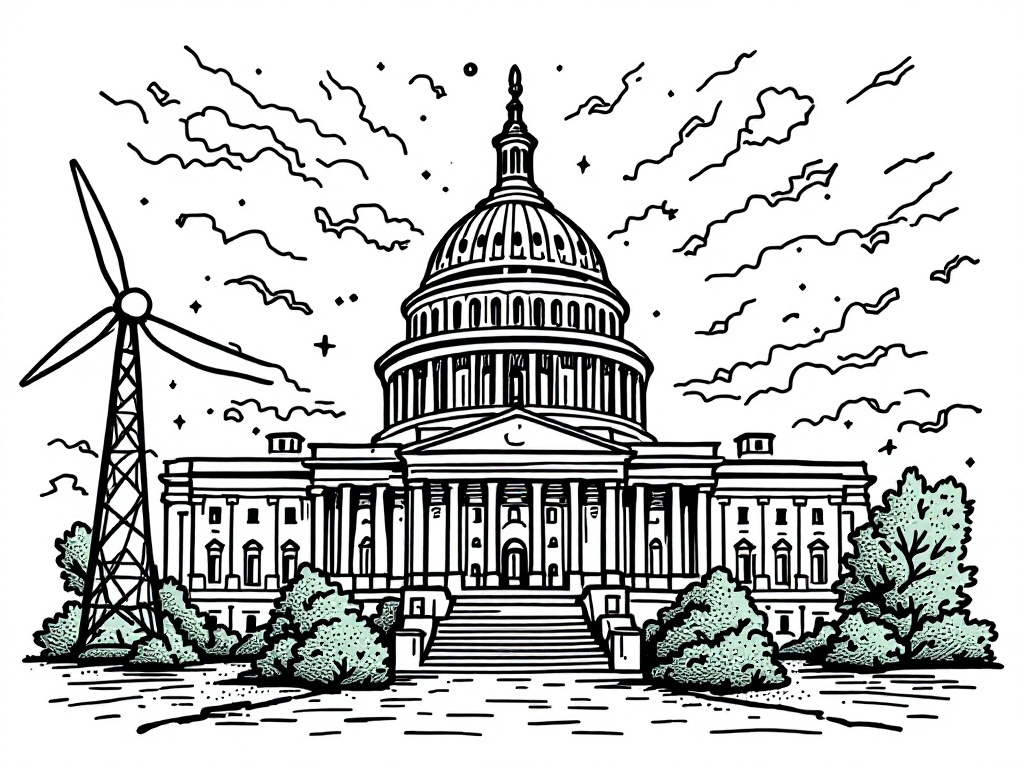U.S. House Moves to Accelerate Reduction of Clean Energy Tax Credits

Washington, D.C., Monday, 12 May 2025.
The U.S. House’s proposal to cut clean energy tax credits could impact renewable projects, with phased reductions starting in 2029. Immediate financial shifts may deter ongoing energy investments.
Impact of Proposed Changes on Clean Energy Investments
The recent proposal by the U.S. House of Representatives to phase out key clean energy tax credits ahead of schedule could have significant implications for the renewable energy sector. The phase-out includes the Investment Tax Credit (ITC) and Production Tax Credit (PTC), with reductions starting in 2029 and continuing through 2032 when the credits would be completely eliminated [1]. This abrupt change poses challenges to companies that have already made substantial investments based on the availability of these incentives. Influential figures such as Michelle Knox, CEO of WindSolarUSA, emphasize that this move jeopardizes successful businesses and local employment [1].
Legislative Context and Political Dynamics
This legislative initiative is part of a broader agenda led by House Republicans, who are targeting clean energy provisions from the Inflation Reduction Act (IRA) of 2022. The proposal seeks to cut about $6.5 billion in spending from the IRA, depicting these measures as fiscal pruning [1][2]. The phase-out is scheduled to begin with an 80% reduction of the credits in 2029, dropping to 60% in 2030, 40% in 2031, and complete removal in 2032 [1]. House Committee on Energy and Commerce Chair Brett Guthrie has outlined these plans, which are expected to be voted on imminently, highlighting a desire to reshape energy policy to align with Republican fiscal goals [3].
Responses from the Clean Energy Sector
Stakeholders in the clean energy industry have raised concerns about the proposed rollback on these credits. Erik Lensch, CEO of Leyline Capital, noted that reducing these incentives would dissuade investors, destabilize projects under development, and potentially lead to job losses in the sector [1]. Environmental advocates, including the Natural Resources Defense Council, warn that these changes could result in higher energy bills and reduced domestic energy production, countering the goals of the original IRA legislation [2]. Furthermore, the plan also includes repealing the transferability of credits, thereby reducing the flexibility that currently allows developers to monetize credits by selling them to investors [1][3].
Future Prospects and Economic Implications
Economically, the proposed phase-out is projected to save approximately $650 billion by 2035, as estimated by various budgetary analyses [2]. However, this is perceived with caution by certain factions that argue the predicted budget savings might not compensate for the potential job losses and slowed growth within the clean energy sector. As negotiations continue, the proposal’s final form and its long-term impacts remain to be seen. The situation underscores the tension between immediate fiscal prudence and longer-term investments in sustainable energy infrastructure [3].